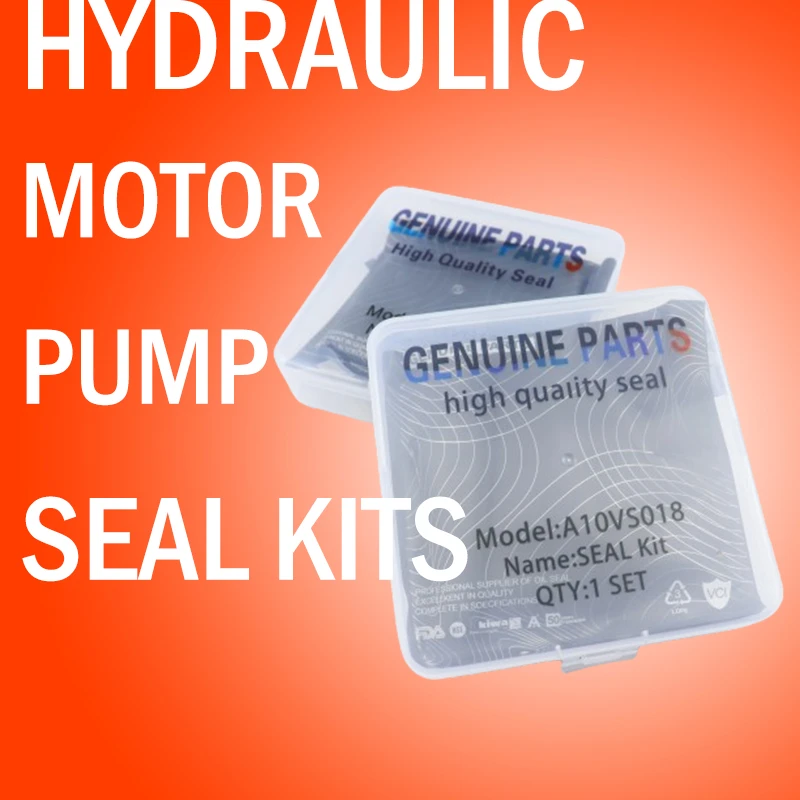Nov . 17, 2024 01:55 Back to list
Hydraulic Seal Kit Solutions for Optimal Equipment Performance and Longevity
Understanding Hydraulic Seal Kits A Comprehensive Guide
Hydraulic systems are an integral part of various industrial and automotive applications, relying heavily on the integrity of seals to maintain performance and efficiency. Hydraulic seal kits play a crucial role in these systems, providing essential components that ensure proper functioning and longevity of machinery. This article will delve into the components, types, benefits, and maintenance of hydraulic seal kits.
A hydraulic seal kit typically includes various seals, O-rings, backup rings, and other essential components tailored for specific hydraulic applications. These kits are designed to prevent fluid leaks and contamination, ensuring that hydraulic fluid remains contained within the system. The seals in these kits are engineered to withstand high pressures and extreme temperatures, making them suitable for a wide range of environments.
There are several types of seals found in hydraulic seal kits. The most common include O-rings, which are circular rings made from elastomers and are vital for sealing static and dynamic applications. Other types of seals include lip seals, which provide a barrier against dirt and dust while keeping fluid from escaping, and piston seals, which are used in hydraulic cylinders to prevent leakage around the piston. Each type of seal in the kit is designed for specific functions and applications, allowing for optimal performance.
One of the primary benefits of using hydraulic seal kits is their ability to enhance system reliability
. By providing high-quality seals, these kits minimize the risk of leaks, which can lead to reduced efficiency and increased operational costs. Moreover, maintaining system integrity helps prevent damage to critical components, ultimately resulting in lower maintenance and repair costs over time.hydraulic seal kits

Additionally, hydraulic seal kits contribute to improved safety in industrial and automotive applications. Fluid leaks can pose significant hazards, potentially leading to accidents or environmental damage. By utilizing effective sealing solutions, businesses can mitigate these risks and create a safer working environment.
For optimal performance, proper installation and maintenance of hydraulic seal kits are essential. When installing seals, it is crucial to ensure that all surfaces are clean and free from debris to avoid damage during assembly. Moreover, it is vital to follow manufacturer specifications regarding torque settings and operational limits to prevent premature wear or failure of the seals.
Regular inspection and maintenance of hydraulic systems can also extend the life of seal kits. Operators should routinely check for signs of wear, such as swelling, cracking, or discoloration of seals. If any abnormalities are detected, it’s important to replace damaged seals promptly to maintain hydraulic integrity.
In conclusion, hydraulic seal kits are essential components in the functioning of hydraulic systems, providing reliability and efficiency across various applications. Understanding the different types of seals, their benefits, and the importance of proper maintenance is crucial for anyone working with hydraulic machinery. Investing in high-quality seal kits and following best practices for installation and maintenance can lead to improved performance and a safer working environment.
-
TCN Oil Seal Metal Ring Reinforcement for Heavy Machinery
NewsJul.25,2025
-
Rotary Lip Seal Spring-Loaded Design for High-Speed Applications
NewsJul.25,2025
-
Hydraulic Cylinder Seals Polyurethane Material for High-Impact Jobs
NewsJul.25,2025
-
High Pressure Oil Seal Polyurethane Coating Wear Resistance
NewsJul.25,2025
-
Dust Proof Seal Double Lip Design for Construction Equipment
NewsJul.25,2025
-
Hub Seal Polyurethane Wear Resistance in Agricultural Vehicles
NewsJul.25,2025
-
The Trans-formative Journey of Wheel Hub Oil Seals
NewsJun.06,2025
Products categories
















